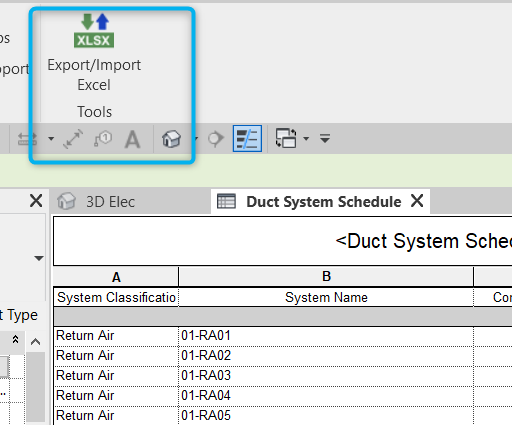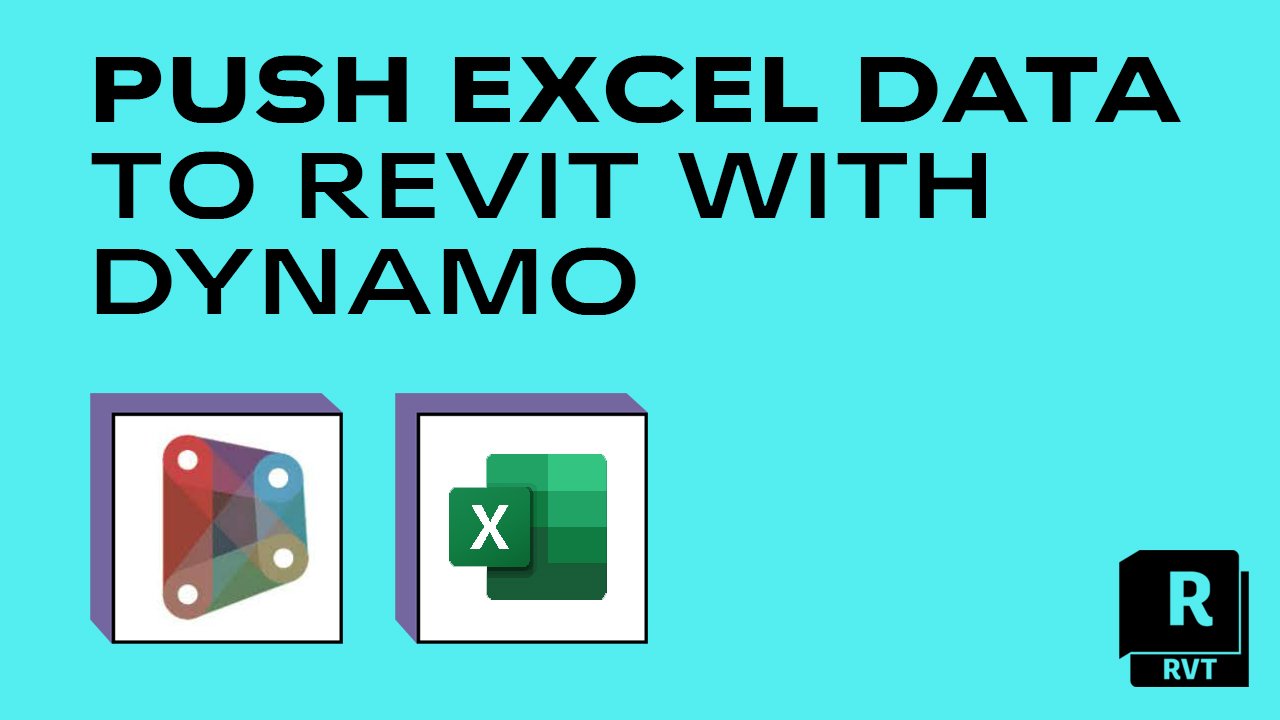Revit Add Ins: Increasing Your Layout Capacities
Wiki Article
Breaking Barriers: Excel Importation Techniques for Advanced Revit Users
Discover various information importation techniques and master Excel integration to enhance your Revit modeling capacities. With our tricks and pointers, you can get rid of importation challenges and end up being a real expert in making use of Excel for your Revit projects.Advanced Revit Users: Leveraging Excel for Importation
You can quickly utilize Excel for importation as an innovative Revit user. Excel is an effective device that can considerably boost your workflow and efficiency in Revit. With its capacity to handle big quantities of data and carry out intricate calculations, Excel can be an important possession in handling and organizing your project info.One means to leverage Excel for importation is by utilizing the "Web link Excel" attribute in Revit. This function permits you to link an Excel spreadsheet directly right into your Revit task, allowing you to update and integrate information between the two programs. This can be especially beneficial when dealing with schedules or tracking modifications in your job.
Another way to utilize Excel is by utilizing the "Import/Export" function in Revit. This attribute allows you to import and export data in between Revit and Excel, giving you the flexibility to work with information in both programs. You can import information from Excel into Revit to create elements such as doors, wall surfaces, or spaces, and you can also export data from Revit to Excel for further evaluation or coverage.

Exploring Data Importation Techniques in Revit Making Use Of Excel
Checking out exactly how to import information from Excel right into Revit offers effective approaches for incorporating details. When you import information from Excel, you can flawlessly move information such as area timetables, product checklists, and tools information right into your Revit task. This procedure permits you to save time and effort by preventing hands-on data entry.To import data from Excel into Revit, you can utilize the "Import/Export" attribute. This attribute enables you to map the Excel data areas to the equivalent Revit criteria, making sure that the info is correctly assigned within the version. By picking the suitable import options, you can control just how the data is imported and just how it engages with your job.
Another approach for importing information from Excel right into Revit is by utilizing Dynamo. Dynamo is an aesthetic programs tool that incorporates with Revit and enables you to automate process and jobs. With Dynamo, you can develop custom-made scripts that import information from Excel and control it within your Revit task. This technique provides a lot more versatility and customization alternatives.
Grasping Excel Assimilation for Advanced Revit Modeling
One crucial strategy is importing data from Excel spreadsheets straight into your Revit design. With a few basic actions, you can map the Excel columns to the corresponding Revit parameters and import the data precisely.Another beneficial approach is exporting information from Revit to Excel. This allows you to remove information from your model, such as schedules or material amounts, and evaluate it in Excel utilizing solutions, graphes, or various other effective devices. By leveraging the capacities of Excel, you can perform intricate calculations, create personalized records, and gain beneficial understandings right into your task.
Along with data transfer, Excel integration can automate repetitive tasks in Revit. By producing macros or scripts in Excel, you can automate processes like creating views, generating sheets, or using basic households - revit add ins. This not just conserves time however likewise guarantees consistency across your job
To grasp Excel combination in Revit, it is essential to understand the information framework and exactly how Revit communicates with Excel. By familiarizing yourself with the offered devices and methods, you can unlock the complete capacity of Excel combination and take your Revit modeling to the next degree.
Conquering Importation Obstacles: Excel Techniques for Revit Professionals
When getting rid of importation challenges, it is essential to be acquainted with effective Excel techniques that can profit experts in Revit. As an innovative Revit individual, you understand the relevance of effortlessly importing data from Excel right into your projects. Nonetheless, you may come across different obstacles in the process. By making use of efficient Excel methods, you can overcome these obstacles and enhance your performance.
One more beneficial technique is utilizing the "Transpose" feature in Excel. This permits you to transform data from rows to columns or vice versa. When importing information right into Revit, this can be particularly practical when you have information in a vertical style in Excel, however you need it to be in a horizontal style in Revit.
Furthermore, utilizing Excel formulas such as VLOOKUP and INDEX-MATCH can substantially assist in mapping data from Excel to Revit. These formulas enable you to browse for details worths in Excel and recover matching data from one more column. This can conserve you time and initiative when importing large datasets right into Revit.
Excel Information Importation Idea for Advanced Revit Users
By acquainting yourself with effective Excel tricks and ideas, you can enhance your information importation procedure as a sophisticated customer of Revit. Excel is a powerful tool that can substantially help with the importation of information right into Revit, saving you time and boosting your productivity. One beneficial pointer is to utilize the "Text to Columns" feature in Excel to divide information into different columns based upon a delimiter. When you have information in a solitary column that needs to be split into numerous columns in Revit, this can be especially valuable. In addition, using Excel's "Paste Special" attribute enables you to paste data from Excel into Revit while maintaining formatting, such as cell color or font style. When importing information that calls for specific formatting in Revit, this can be especially beneficial. An additional helpful trick is to utilize Excel's "Discover and Replace" feature to swiftly make adjustments to your information reference prior to importing it right into Revit. For instance, you can conveniently change certain message or personalities with others, conserving you the moment and initiative of by hand editing and enhancing the data in Revit. By using these Excel methods and pointers, you can simplify your information importation procedure and end up being much more efficient in operation Revit.
Verdict
You have currently discovered important strategies for importing data from Excel into Revit as an innovative user. By leveraging the power of Excel assimilation, you can enhance your modeling process and get rid of any importation tests that may emerge. With these ideas and tricks, you will have the ability to master information importation and enhance your Revit skills. Go ahead, damage those barriers and stand out in your Revit projects!
When importing information right into Revit, this can be particularly valuable when you have information in a vertical format in Excel, however you require it to be in a horizontal style in Revit.
Moreover, utilizing Excel formulas such as VLOOKUP and INDEX-MATCH can considerably aid in mapping data from Excel to Revit. Additionally, utilizing Excel's "Paste Unique" attribute permits you to paste data from Excel into Revit while maintaining formatting, such as cell color or font design.
Report this wiki page